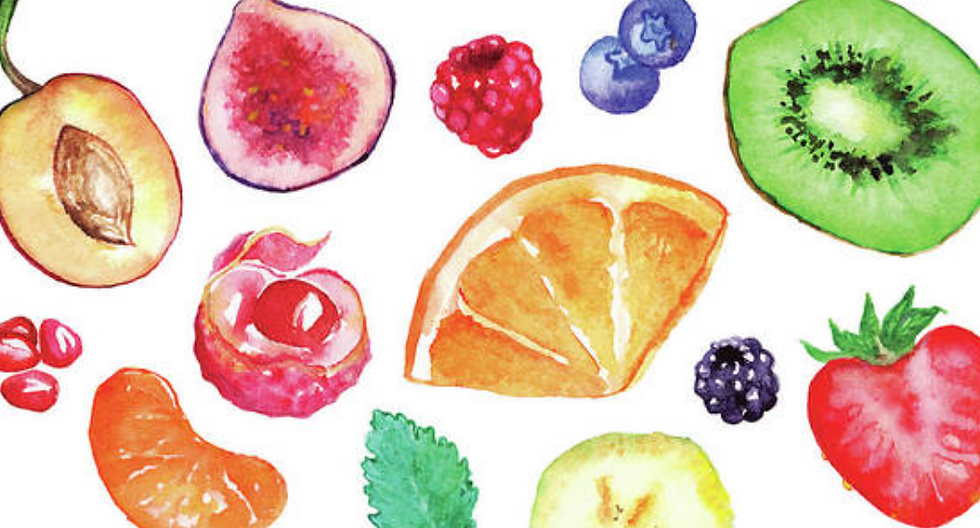Re-Viewing Visual Literacy in the "Bain d' Images" Era
- olco5431
- Oct 11, 2023
- 1 min read
From a digital standpoint, we are moving at a very quick pace from digital to print. Curriculum is designed so that students acquire knowledge and skills to be deployed in later situations. Our world, as said by Jones-Kavalier and Flannigan, “our world today is about connecting the digital dots”. Dealing with the complexity can be a real challenge. Our world’s mentality has changed drastically, and continues to every day. Some examples of this include typing over writing, reality no longer being real, consumer and creator are blurring. The pervasiveness of visual mass media is obvious to even the most casual observer, we live in an era of visual culture, which really emphasizes the perception we have of ourself and our surrounding community. A lot of our beliefs are influenced by what we see on technology. Our narrow perception of what we should constitute learning and literacy needs to be altered radically. The images that constantly inundate our environment come in different forms through several ways of visual communications.
Mirzoeff argues that the culture that we call postmodernism, is best defined and understood visually whereas the nineteenth century was represented by print and novels. He goes onto describe the counterproductive effect. He emphasizes that just because our world and technology has improved to be this sophisticated software, does not necessarily mean students and (faculty etc) naturally possess these sophisticated visual literacy skills. It is way more complex. The irony between the creators and consumers of messages but “are not at the same time skilled in understanding the codes, conventions, values or consequences of those messages”.





Comments